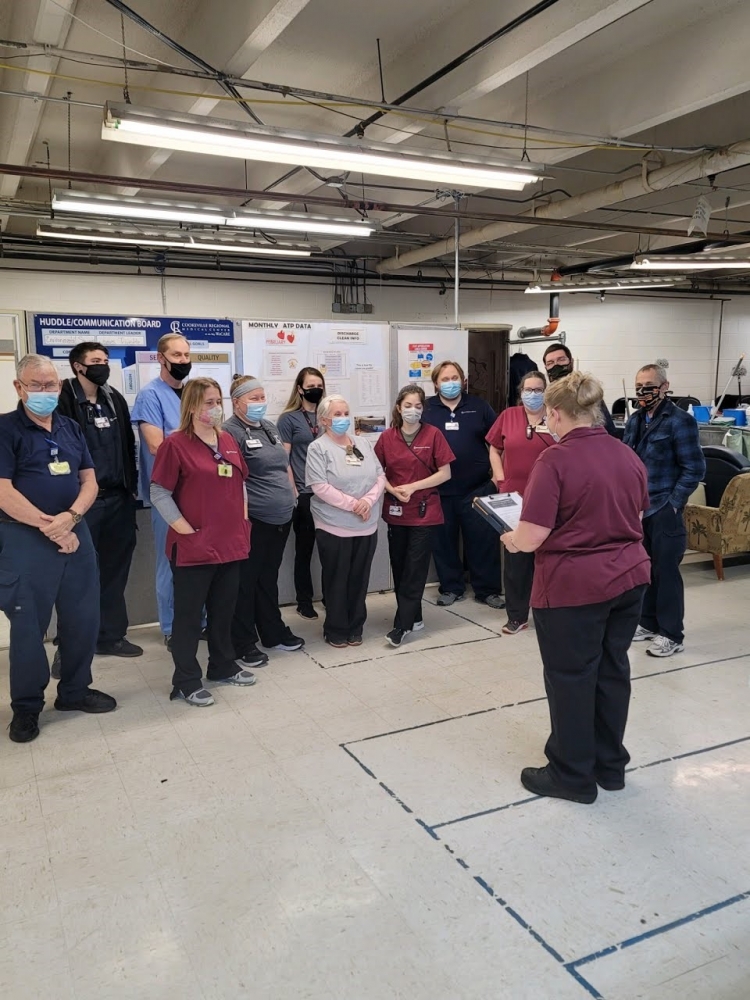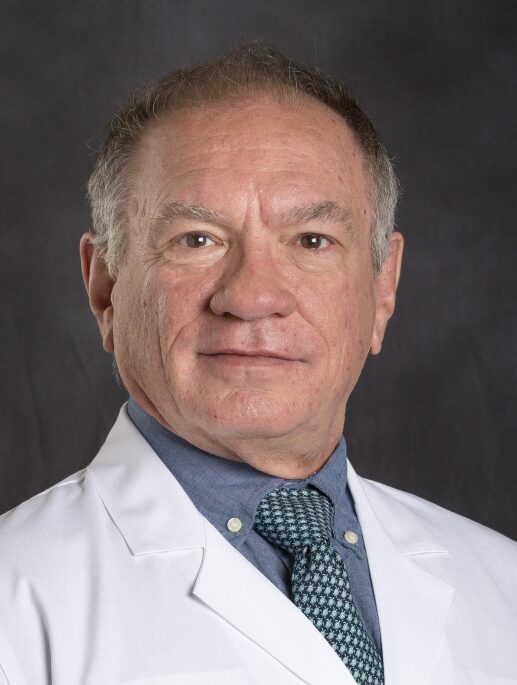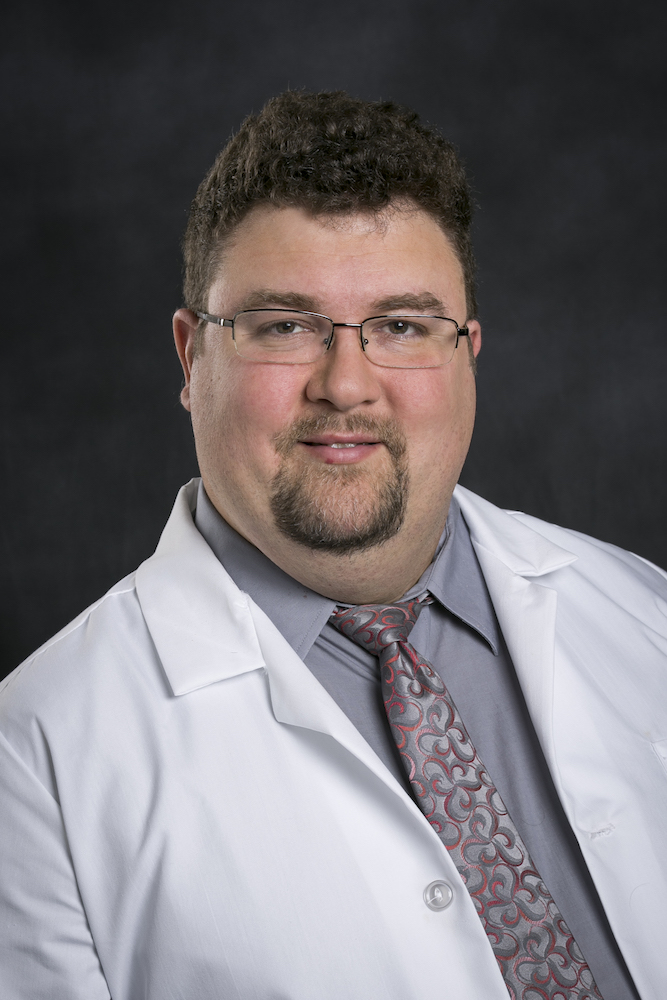News
Cookeville Regional earns Joint Commission recertification in hip fracture repair
Getting recertified by Joint Commission during a pandemic is a unique challenge, but one the orthopedic unit and surgical team at Cookeville Regional Medical Center were willing to undertake.
CRMC received recertification in hip fracture repair in December 2020. The certification was first earned in 2016.
“It’s a process we go through every two years to maintain the certification,” said Mary Alexander, director of post-surgical services at CRMC. “This year, due to the COVID-19 pandemic, it was done virtually.”
CRMC cared for 304 hip fractures in 2019 and 340 in 2020.
“We chose performance measures based on opportunities to improve and streamline the care of our hip fracture patients.” Alexander said. “We realized we were already meeting the majority of the evidence based guidelines for hip fracture care, but now we have the chance to prove it and be recognized for the care we provide.”
But when COVID hit last April, surgeries stopped and the unit became a ghost town.
“We combined 5E and 5N (units) to care for our COVID patients and any hip fractures were diverted to the medical unit,” Alexander said. “We continued to provide care and kept the ball rolling.”
She credits the staff for that.
“I cannot say enough about the quality of care they provide to our patients on a daily basis,” she said. “They really stepped up from the beginning and embraced the care of our COVID patients. We then floated a surgical nurse to the medical unit to care for our surgical patients.
“Credit must also be given to Lesette Pippin and her staff as they received education on caring for the hip fracture patient and then began to assume care while the surgical unit was designated as a COVID unit.”
Eighty-seven year old Ms. Orgie Steele is a recent hip fracture patient. The Silver Point resident underwent surgery the day after being admitted.
“I had no pain whatsoever,” she said. “The nurses and staff are so nice.”
The goal is to prevent fractures, which is where community outreach and education comes into play. The hospital coordinates and holds community health fairs where educational brochures are handed out and bone density screenings are conducted.
“Evidence shows that making sure people get the proper nutrition improves long term outcomes with recovery, along with getting the patient from the emergency room to the operating room within a certain window. We adopted these measures to assure we were following best practice guidelines.”
Initially the goal was 48 hours from admission to OR with best practice being 24 hours from admission.
“We’ve now accomplished hitting the benchmark of getting to the OR for repair within 24 hours of medical clearance,” Alexander said. “A plan of care is established on admission for care of the hip fracture, but we also must include any secondary diagnosis the patient may have in their plan of care as well. This performance measure assures we are taking care of all medical needs of the patient, not just their fractured hip.
“It’s about taking care of the whole patient, not just one of their problems.”
Every staff member that care for the hip fracture patient, from the emergency department, to the operating room, therapy services, the rehab unit and of course the unit they are cared for after surgery must undergo annual training to keep certifications current.
Alexander stresses the importance of not only following up with the orthopedic surgeon, but also with a primary care physician after discharge to ensure continued goals for recovery are met and sustained.
Statistics show that heart disease and cancer are considered the leading cause of death and disease in Putnam County, according to the Tennessee Department of Health. Cardiovascular disease can increase risk for falls due to syncopal episodes and certain chemotherapy treatments that can lead to a decrease in bone mass. With life expectancy increasing and the aging population on the rise, it is imperative that we focus on preserving quality of life by considering preventative measures.
“Get your physicals, talk to your provider about your risk and opportunities for prevention. Get your bone density scans done,” she said. “That will help with preventing any fractures or breaks.”
“This recertification, conducted virtually during a pandemic, shows just how dedicated everyone in these units are for each individual who comes in with a hip fracture,” said Paul Korth, CRMC CEO. “It’s just one part of a large team effort to show just how much the hospital staff cares for each and every patient who chooses CRMC to get back on their feet.”



